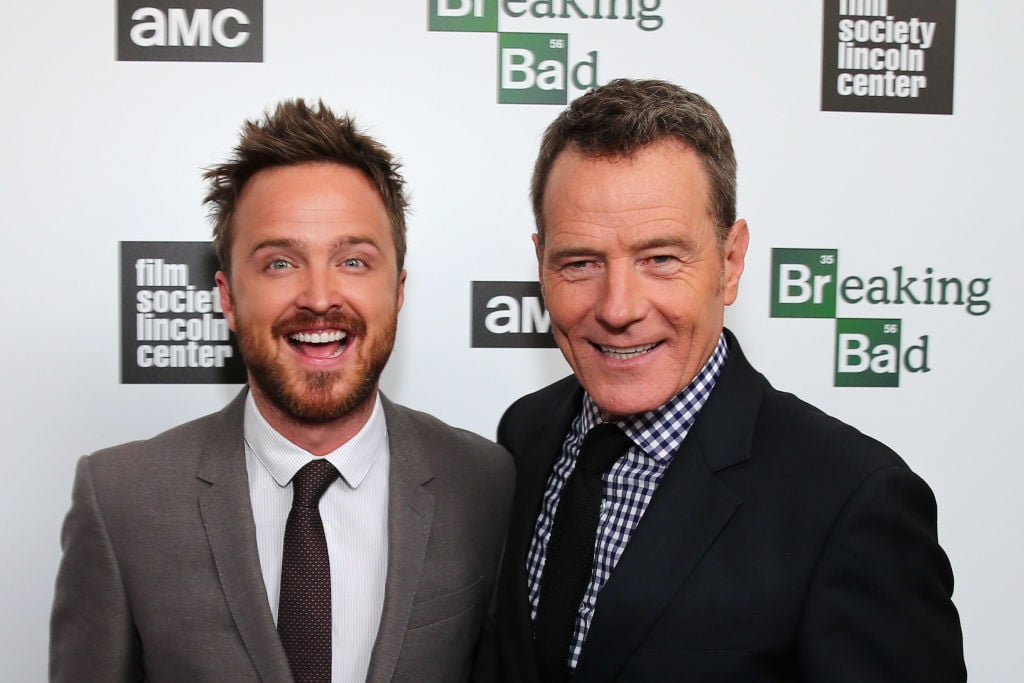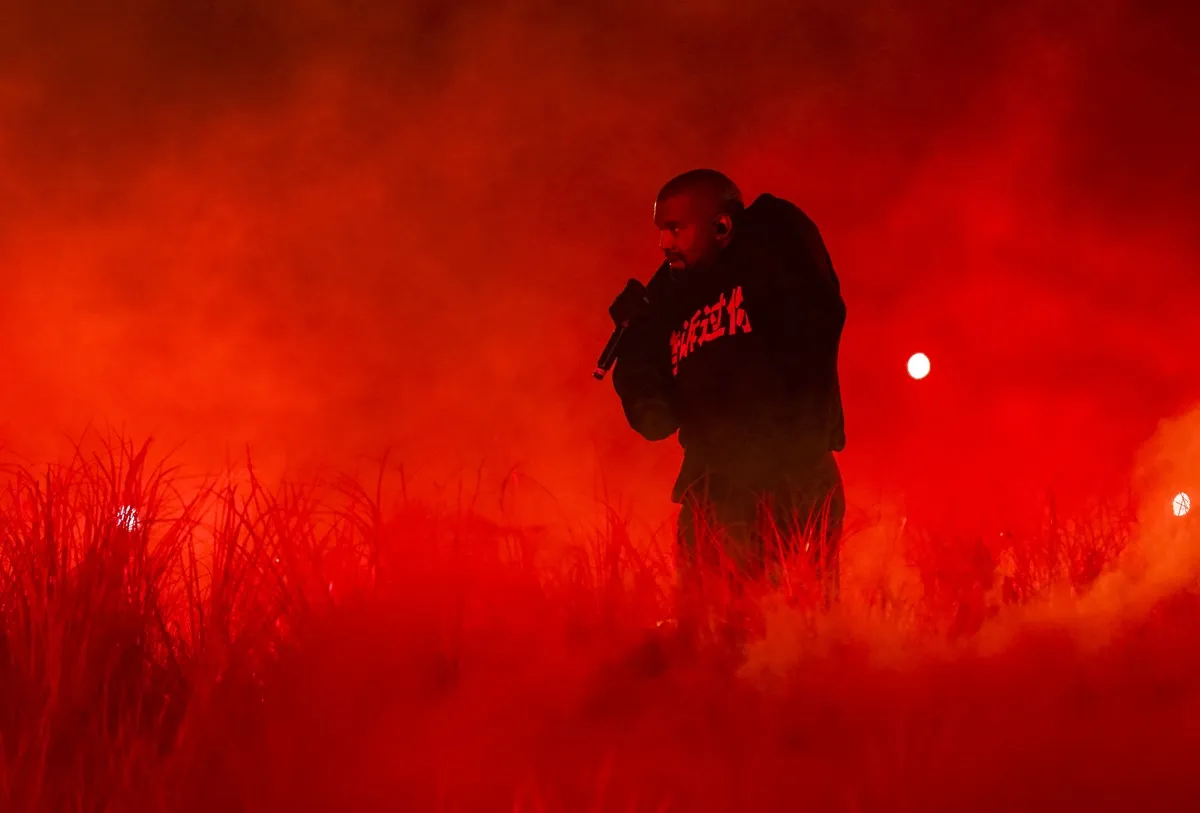‘Breaking Bad’ Stars Bryan Cranston and Aaron Paul Know How to Cook Meth Thanks to AMC Series
Mild-mannered high school chemistry teacher with cancer meets a small-time meth dealer somewhere in Albuquerque. They hook up and learn to cook crystal meth out of an RV. Together they build their drug empire, killing a lot of people along the way. Such is the premise of Breaking Bad, where Drug Enforcement Association chemists gave the show a reality check by teaching Bryan Cranston and Aaron Paul how to cook meth.
Bryan Cranston, aka Walter “Heisenburg” White
Some people might believe Cranston had the transformative role of a lifetime. Cranston’s Walter White celebrated his fiftieth birthday knowing that he had about two years to live.
Suffering from lung cancer, he kept his diagnosis away from his expectant wife and his teen son who lives with cerebral palsy for around the first four episodes. After watching how much cash dealing meth can bring in, White decides to ensure his growing family’s financial security by using his chemistry background to create his own meth.
A Greek tragedy waiting to happen, right? Cranston didn’t let White’s transformation into drug kingpin happen quite that way. Over five seasons Cranston crafted White’s metamorphosis, using White’s intellect, his pent-up pride and frustrations to become a character that just won’t die–Walter “Heisenburg” White.
He didn’t become Heisenburg alone. It all started with his hooking up with his ex-student and drug dealer, Jesse Pinkman, and his long spiral into the desolate world of greed, arrogance and power.
Aaron Paul, aka Jesse “Cap’n Cook” Pinkman
When White sees his former student hop out of a window during a drug raid ride-along with his brother-in-law, DEA agent Hank Schrader, eerily played to the hilt by Dean Norris, he seemed both surprised and intrigued.
Paul’s Jesse was supposed to be the catalyst for White’s descent from decent man to drug dealer before being killed off in the ninth episode of the first season. Jesse became so popular with Breaking Bad’s cult following that the powers-that-be thought it folly to kill him off. They were right. The not-so-perfect storm of a partnership hit the meth scene after setting up their lab in a Winnebago out in the Albuquerque, New Mexico desert.
White and Jesse’s relationship was stormy, to say the least, but there was underlying respect there. Jesse couldn’t even bring himself to call his former teacher anything but Mr. White. Both Cranston and Paul credit Breaking Bad with their iconic characters’ longevity in the minds of viewers. But they also are careful to note that neither would fall to cooking meth as a back-up career, although the DEA itself taught the actors how to cook it.
How the DEA taught Cranston and Paul to cook meth

When you have a hit show, you’re responsible for your fans. The show has to be believable, but you’re not going to spell out exactly how to cook crystal meth so that fandom can follow suit, right?
Right. So that’s why Breaking Bad’s science consultant, Donna Nelson, and real DEA chemists taught Cranston and Paul how to cook meth and make it believable. After all, Walter White’s chemistry background foreshadowed that he’d have the mindset to cook meth and question how to make it the purest on the market.
Jack-of-all-trades producer Vince Gilligan brought in the DEA chemists to make sure that Breaking Bad didn’t turn into a science documentary on how to cook meth. They guided the cast every step of the way right down to what the meth labs should look like minus some key ingredients that needed to be left out of the entire meth synthesis.
For example, there’s no such thing as blue meth. That was fiction that kept the audience recognizing that Walter White’s blue meth set him apart from any other dealer. Blue meth identified with White’s alter-ego, Heisenburg. When he brought out the blue, you knew that the scene was going to be badass.


